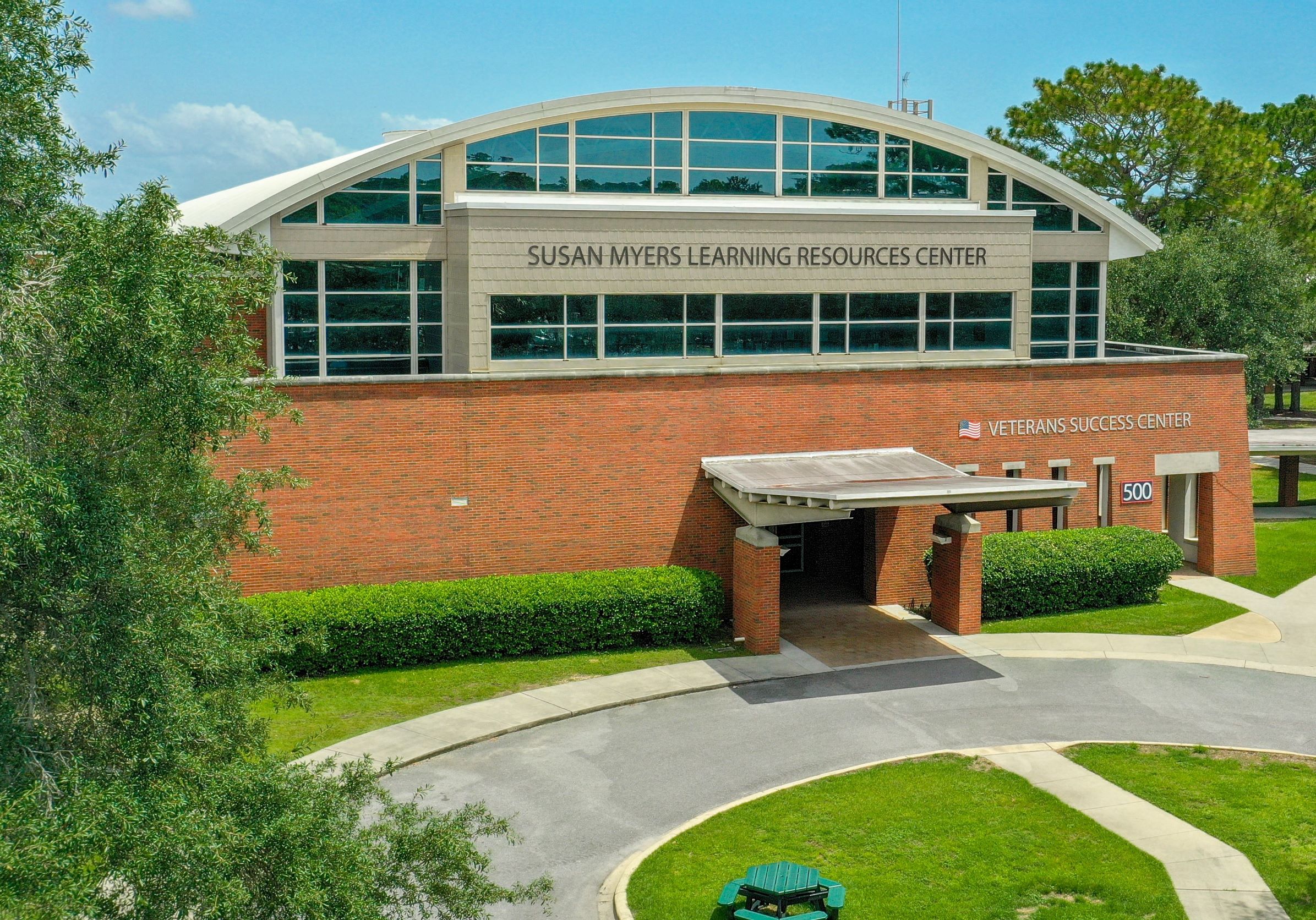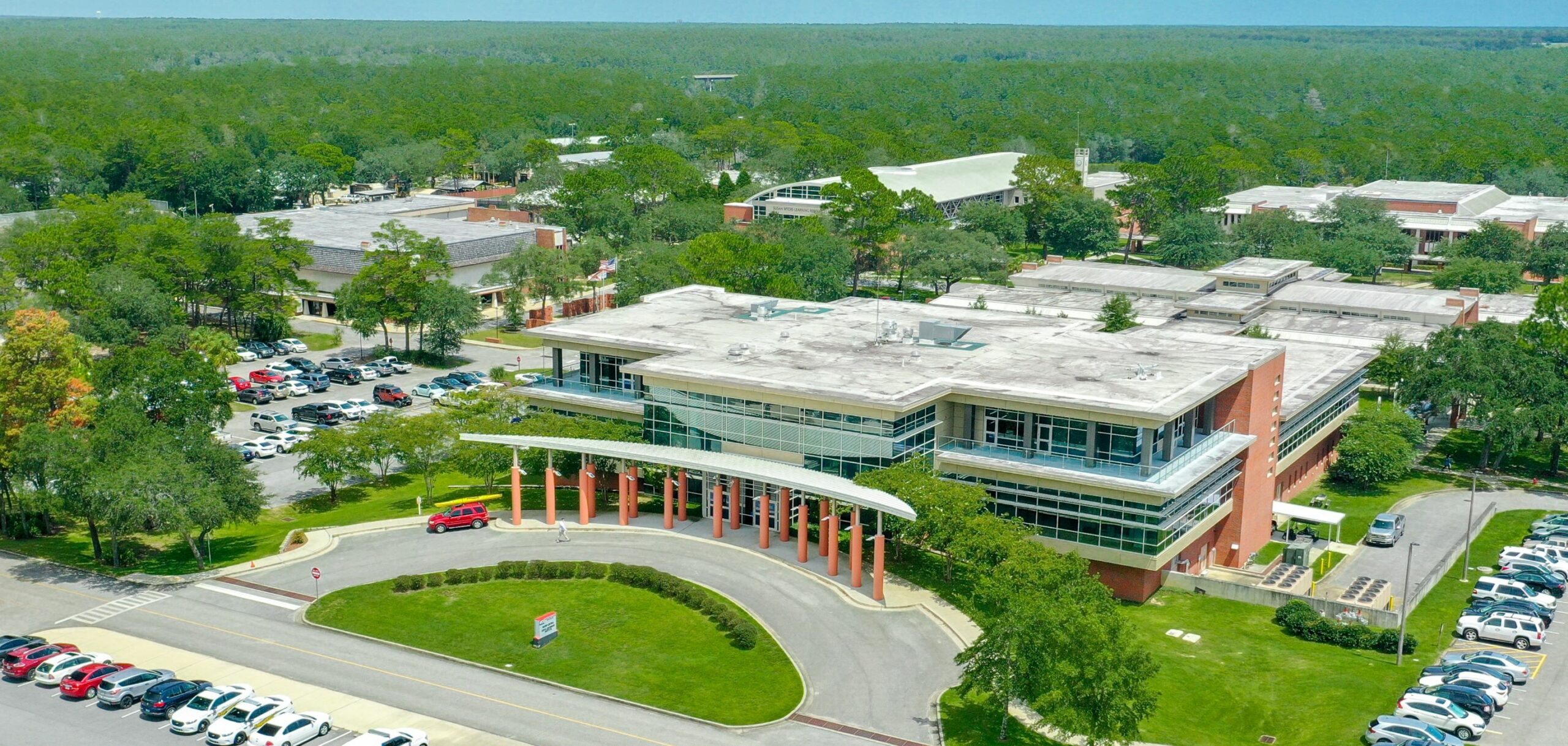Across 264 acres in the panhandle sits the main campus of Northwest Florida State College, a jewel of an institution flanked by a stunning $25 million performing arts center, athletic facilities, a visual arts center and amphitheater.
Along with an array of gleaming, glass-fronted buildings tailored to its education offerings, there is no shortage of energy here and at its others locations that serve more than 15,000 students.
And that was part of the problem there was too much of it. Between the activities and the increased use of devices, officials began to recognize they had a problem: the consumption and costs were very high.
“We were spending over $2.2 million per year for energy, which was quite a lot for a school our size,” says Randy White, Vice President of Business Operations and Finance and Chief Financial Officer. “We were searching for a way to bring that cost down to a more reasonable level.”
So in 2013, Northwest Florida State looked at how to make its campuses more sustainable. It entered into a partnership with environmental conservation company Cenergistic and immediately got to work on tangible changes – implementing motion sensor technology and central temperature controls, among others – while working with its community on “human factors.”
Within seven years, that robust plan has led to 67% reduction in consumption and an astounding $6 million cost savings. For its efforts, it recently received the chairman’s award from Cenergistic at its Board of Trustees meeting.
“Northwest Florida State College’s commitment to energy sustainability has paid off for not just the environment, but the college itself,” said Steve Jones, Regional Vice President at Cenergistic. “Savings at this level are almost unfathomable.”
From the time it recognized the problem to the implementation of smart strategies, NWFSC has become a sustainability leader among state and community colleges. It is a plan most any institution can follow.
“We are very proud of the energy savings that our college has achieved in such a short time,” said NWFSC President Dr. Devin Stephenson. “Our innovative approach to environmental stewardship serves as a model for fellow educational institutions.”

How it happened
Back when it entered into the deal with Cenergistic, White says the college could not envision how impactful those changes would be – either to energy use or its bottom line.
“We expected we would more than recover the cost of the contract with Cenergistic and any excess would be helpful,” he says. “But we had no expectation that we would save even a quarter of what our eventual savings would be.”
White says the energy savings started simply enough – the college centralized settings on its buildings to control temperatures. It added the motion sensors that turned off lights when buildings or locations weren’t in use and especially during campus breaks. And it implored its staff and students to turn off electronic devices when possible. Those “small things”, White says, began to add up.
When Northwest Florida State College formally launched the strategic initiative around sustainability, that gave power to campus leaders to determine what buildings could see a limit on energy usage. Some applied for exemptions. NSC said yes in a few cases but had to stand to firm on others.
“Our arts center wanted to be exempt from the temperature and humidity controls because of the ‘damage’ it would do to their symphony instruments,” White says. “We researched and presented them with studies showing that our temperature and humidity levels would not harm their instruments in any way and denied the exemption. For the first year, it was a constant battle to tell people no.” But eventually “we got a really good response from everyone and a lot of cooperation.”
The biggest area of cost savings?
“Centrally controlled temperatures,” he says. “Without central controls we would have temperatures all over the map and would continue to waste a lot of energy.”
Mapping out a future
To ensure that consumption is being maintained at low levels and that costs are kept down, the team at Northwest Florida State continually collaborates with engineers and energy specialists from Cenergistic. Throughout COVID-19, Cenergistic also helped the college optimize ventilation across buildings while adding support to its facilities operations to ensure the safety of staff and students.
 The college also continues to have a strong partnership with Johnson Controls, which started in 2018. White says that through its deal with the company, it took an additional set of measures to ensure energy savings, including replacing:
The college also continues to have a strong partnership with Johnson Controls, which started in 2018. White says that through its deal with the company, it took an additional set of measures to ensure energy savings, including replacing:
- all lighting with LEDs
- all water fixtures with those that are low flow
- central energy plants on its two biggest campuses
- eight miles of 50 year-old underground hot/cold water piping
- It also added flow control and redundancies to its existing infrastructure
- Some air handlers that were more than 50 years old.
“We borrowed the funds for this contract and the savings are guaranteed to pay for the cost of the loan,” White says. “Someday we would like to add solar and get to net zero energy usage, but that may take a while.”
He says the secret to success for any other college or university trying to replicate this sustainability model is to reach out to the experts for assistance.
“You need help,” White says. “We tried to do similar things in the past on our own and completely failed. With the help of our contract with Cenergistic and Johnson Controls we have managed to save more than we ever imagined possible. Just do it, sooner rather than later. If I have any regret at all about this, I can only say that I wish we had done it sooner.”







